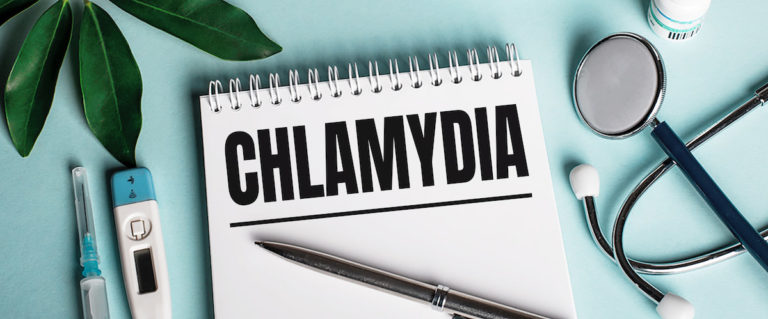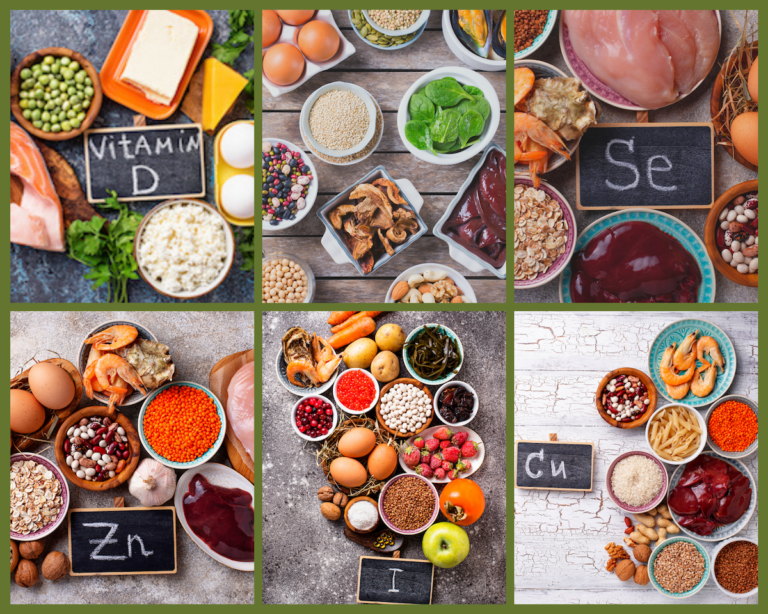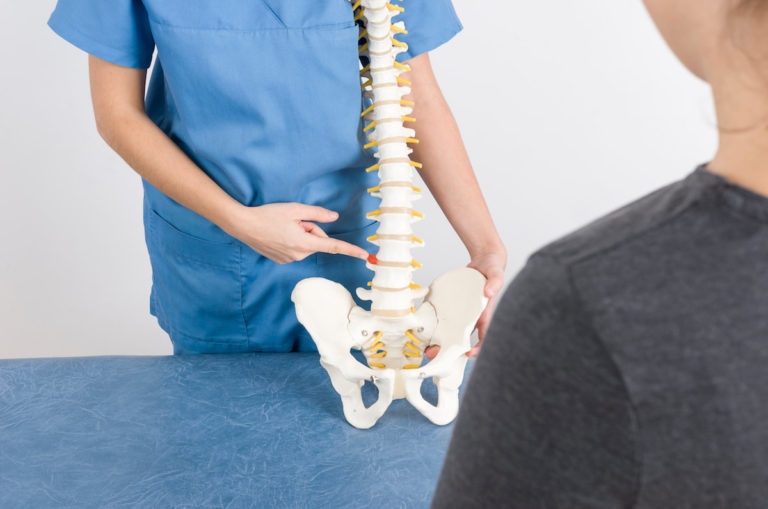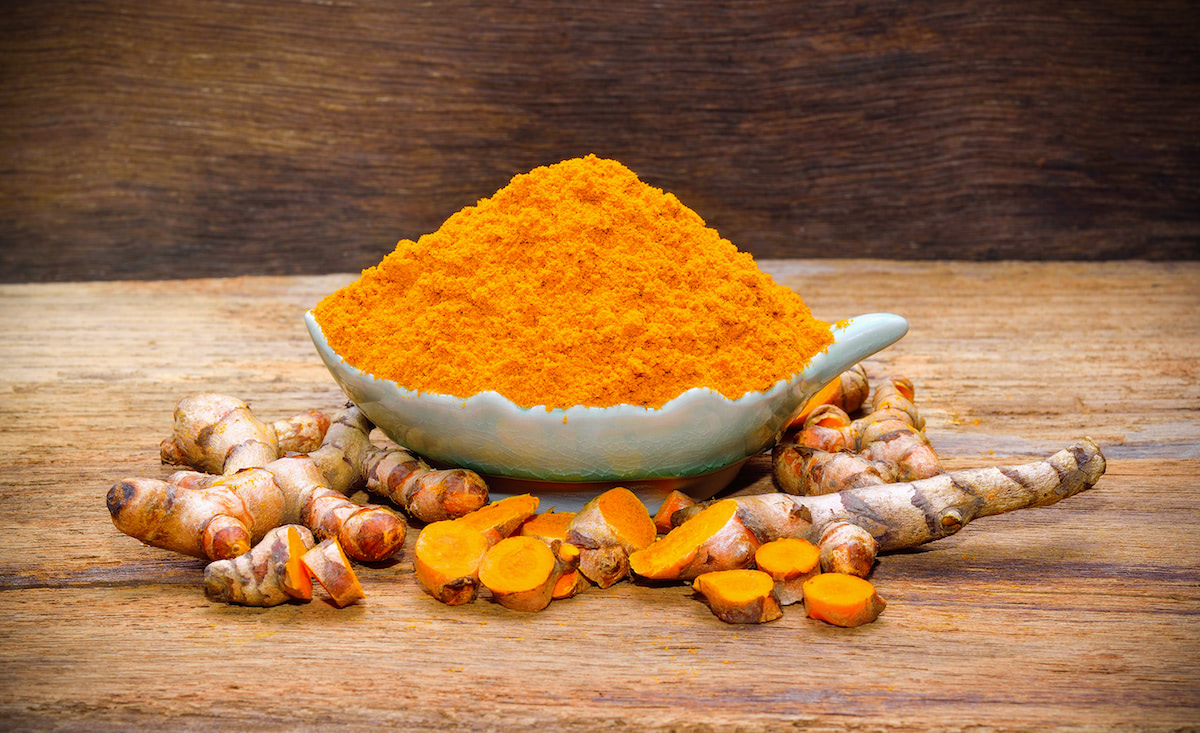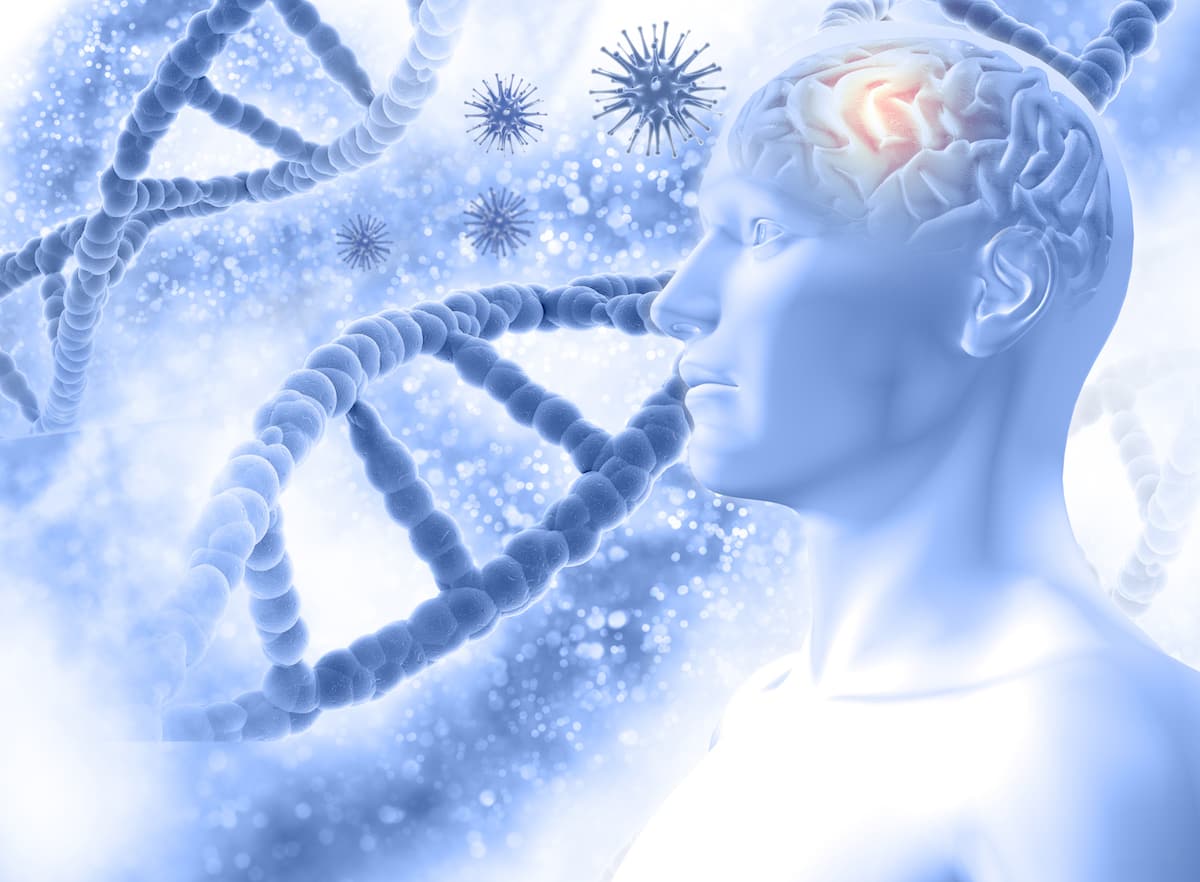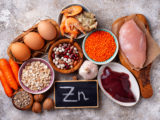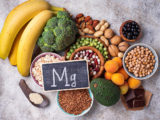Updated on 14. November 2021 from ÁYIO-Q Redaktion
Reading time: approx. 5 minutes
If someone coughs or sneezes on public transport, some people look suspiciously and keep a greater distance. Because it could be an unscrupulous superspreader who should actually go into quarantine. Often, however, it is just a common cold.
Here you will find out,
- what the difference is between the flu and the common cold,
- what you can do yourself,
- when it is advisable to consult a doctor.
What do doctors mean by a cold and flu?
Doctors use the term cold to describe an acute inflammation of the mucous membranes in the upper respiratory tract (nose, throat, sinuses). The disease is also called the flu-like infection. Colds are mostly caused by the following viruses: rhinovirus (30 to 50 percent of cases), coronavirus (10 to 15 percent), influenza virus (5 to 15 percent) and adenovirus (less than 5 percent).1
Because cold viruses are very contagious, adults get sick two to five times a year. In schoolchildren, flu-like infections even occur seven to ten times a year. As a rule, a cold is harmless and ends after about a week.2
True flu (influenza) is a notifiable infectious disease which, according to the Robert Koch Institute, mainly occurs in our latitudes from the beginning of October to mid-May. The trigger is usually the influenza A virus.
More rarely, other influenza viruses are also possible pathogens. Although the symptoms of flu and the common cold are different, many sufferers do not recognise the seriousness of the situation and do not see their GP until late. First, therefore, let us look at the main differences.
For current reasons, we add the respiratory disease COVID-19 (coronavirus disease-2019), which can be caused by the novel pathogen SARS-CoV-2 (severe acute respiratory syndrome-coronavirus type 2).3
How does a cold differ from influenza and COVID-19?
Generally, infectious diseases are characterised by the symptom fever. If you suddenly develop a fever of 38.5 to 40 °C, which lasts for more than three days and is accompanied by a severe feeling of illness, this is an indication of influenza. Many sufferers also complain of diarrhoea, nausea and vomiting.
In the case of a cold, only a slight fever is observed – if at all – which disappears again after a short time. If nausea or gastrointestinal problems occur, the syndromes are not serious.
Typical symptoms of colds, flu and COVID-19
| Cold2 | Flu4 | COVID-195 | |
| Fever | + | ++ | ++ |
| Cough | ++ | ++ | ++ |
| Sniffles | ++ | + | ++ |
| Fatigue | ++ | ++ | ++ |
| Sore throat | ++ | ++ | ++ |
| Headache, aching limbs | ++ | ++ | ++ |
| Nausea, vomiting, diarrhoea | + | ++ | + |
| Smell and taste disorder | + | — | ++ |
| Disease progression | slow | fast | slow |
| severe courses | rarely | rarely | More common than flu |
| Complications | Pneumonia, Otitis media, sinusitis | Pneumonia | Pneumonia |
++ Common symptom
+ Rarer symptom or milder discomfort
— Symptom has not yet been described
An article in the journal of General Internal Medicine in Family Practice and Hospital Care (Primary and Hospital Care) points out that COVID-19 is not clinically (symptomatically) distinct from influenza and other influenza-like illnesses. A PCR test is the most sensitive method to diagnose COVID-19. An antibody test also provides initial indications of the pathogen.6
Treatment options for colds and flu
A cold lasts seven days without treatment and a week with treatment, says an old proverb. People with colds cannot do too much about it except rest and relieve the discomfort with home remedies.
This realisation is enormously important because all the signs of a cold are nothing more than the reactions of our immune system. Anyone who lowers their fever with Aspirin & Co or uses medication against coughs and colds is interfering with the body’s regulation (self-healing powers).7
A word about the popular mucous membrane decongestant nasal drops and sprays. Please be careful with them, because they harbour a high potential for addiction. Prolonged use dries out the nasal mucous membranes. As a result, the immune system in the nasal area no longer works properly and there is a risk of further health problems.8
For this reason, we recommend avoiding nasal drops completely. It is better to use simple remedies for colds such as inhalation, red light, rising foot baths and compresses.
Fresh air and living spring water support our organism so that we can quickly get back on our feet. Furthermore, it makes sense to avoid foods and stimulants that promote inflammation during a cold. These include above all meat, milk, dairy products, sweets, household sugar, alcohol as well as pasta and baked goods made from white flour.
Naturopathy knows numerous herbal and homeopathic remedies that can relieve cold symptoms in a natural way. Popular are camomile, peppermint, thyme, sage, coneflower (echinacea), umckaloabo, coltsfoot, angelica balm, marshmallow, fennel and dill. They are used in the form of plant extracts and teas.
If the symptoms do not subside within seven to ten days, you should consult a doctor. This is especially true if there is a high fever, the symptoms increase or a severe feeling of illness sets in that also affects other parts of the body. This is because it is important to rule out influenza and prevent the spread of the common cold to the lower respiratory tract (larynx, trachea, bronchi, lungs).
What can you do if you have flu? Since influenza is a notifiable infectious disease, alternative practitioners are prohibited from treating it according to § 24 of the Infection Protection Act (IfSG). For this reason, we do not discuss naturopathic forms of treatment here.
On the one hand, orthodox medicine relies on prevention in the form of annual vaccination for risk groups. If infection occurs and symptoms appear, only a doctor may diagnose influenza and provide treatment.
Strengthen your defences
Anyone who suffers from frequent colds or has ever had the flu or pneumonia can support their immune system with simple remedies:9
- A healthy, varied diet with lots of fruit and vegetables
- Consume nuts, almonds and spices such as garlic, cayenne pepper, turmeric, ginger and cinnamon regularly
- Lots of exercise in the fresh air
- Alternating showers, sauna
- Sleep sufficiently
- Relieve stress
- Balancing the acid-base equilibrium
- Make the gut fit with probiotics and prebiotics
Fitness and personal trainers like to recommend the so-called ginger-garlic-lemon drink to their clients to strengthen the body’s defences. It can be made according to the following recipe:10
Ginger-garlic-lemon drink
You will need:
- 250 g honey, preferably from a beekeeper in the vicinity
- 1 medium ginger bulb
- Juice of half a lemon
- 2 garlic cloves
It’s as simple as that:
Grate the ginger, squeeze the lemon and chop the garlic into small pieces. Place in a preserving jar with some honey, shake vigorously and leave for a day. Then fill the glass with the remaining honey. Consume 1 to 2 tablespoons daily.
Note for diabetics: In addition to valuable minerals, vitamins, enzymes, amino acids and organic acids, honey contains larger amounts of sugar (monosaccharides, disaccharides, polysaccharides). Talk to your GP before using the ginger-garlic-lemon drink and look for sugar-free alternatives if necessary.
To stimulate the body’s defences, many therapists swear by the small autohemotherapy. In this non-specific stimulation therapy, a doctor or alternative practitioner takes blood from a vein of the patient. A herbal or homeopathic remedy is then added, the whole thing is shaken and injected into a muscle. Sometimes the gas ozone is used instead of a medicine.11
Further possibilities to strengthen the body’s self-healing powers are offered by the ÁYIO-Q Centre of Vitality. The ÁYIO-Q Pnoē-Therapy and the ÁYIO-Q Enerγó-Hydro-Therapy are particularly popular. In a survey, 78 per cent of users said they would recommend ÁYIO-Q to friends and acquaintances.
Related articles: Cold and flu
- Cold and flu – vitamins, minerals and probiotics strengthen the defences
- Colds and flu – How our mind affects the immune system.
Sources:
[1] Welche Erkältungsviren gibt es, auf https://www.gelomyrtol-forte.de, Access date 25.08.2021
[2] Erkältung, auf https://www.netdoktor.de, Access date 25.08.2021
[3] SARS-CoV-2: Basic virological data and virus variants, at https://www.rki.de, Access date 25.08.2021
[4] Grippe, auf https://www.netdoktor.de, Access date 25.08.2021
[5] Coronavirus oder Grippe? Das sind die Unterschiede, at https://www.netdoktor.de, Access date 25.08.2021
[6] Dietrich L et al. COVID-19, influenza and influenza-like illness. Prim Hosp Care Allg Inn Med. 2020;20(12):377-382
[7] Regulation of cell metabolism in diagnostics and therapy of chronic diseases, at https://docplayer.org, Access date 25.08.2021
[8] Addiction to nasal spray: Five tips against addiction, at https://www.barmer.de, Access date 25.08.2021
[9] Machen Sie Ihr Immunsystem fit, auf https://www.zentrum-der-gesundheit.de, Access date 25.08.2021
[10] Der Grippe ein Schnippchen schlagen mit dem Ingwer-Knoblauch-Zitronen-Trunk, at https://www.smarticular.net, Access date 25.08.2021
[11] Mit der Eigenblut-Behandlung die Selbstheilung des Körpers fördern, at https://www.naturheilkunde.de, Access date 25.08.2021

